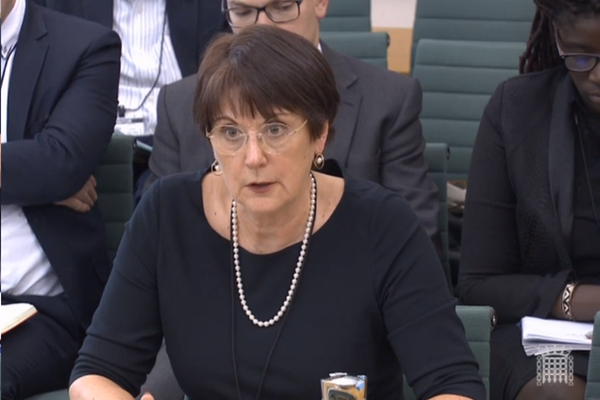Government to introduce building safety regulator as post-Hackitt plans revealed
The government has revealed that it will create a new national regulator for building safety as part of a raft of changes to the country’s building safety regime put forward following the Grenfell Tower fire.
Proposals published today detail how the government plans to implement the system of building regulations recommended by Dame Judith Hackitt in her review of building regulations and fire safety last year.
As Inside Housing reported last month when it revealed the plans to publish these proposals, this will involve a new regulator responsible for building safety.
Today’s proposals, which do not say who the new regulator will be, explain that all high-rise buildings, existing and new, will need to be registered with the regulator, which will issue certificates detailing the work that needs to be done to keep those buildings safe.
Dame Judith originally suggested that her new system should apply only to buildings over 30 metres in height, rather than those over 18 metres as the current building regulations say.
The government, however, has proposed that most of the new system should apply to all buildings over 18 metres, although it suggests retaining the 30-metre threshold for some of the new requirements.
The government has now launched an eight-week consultation on the proposals, with stakeholders expected to respond by 31 July.
The proposals also define ‘dutyholders’ – individuals who will be responsible for a building’s safety at different points in the building’s lifetime.
For existing buildings, and once new buildings are built, the dutyholder will be whoever is entitled to receive funds, through rents or service charges, that contribute to the maintenance and upkeep of the structure of the building.
This, according to the government, will generally be the building owner or the management company. Ultimately, the person accountable for the building will be a board member at this organisation.
Sources with knowledge of the Hackitt working groups had previously told Inside Housing that this is intended to prevent building owners from delegating responsibility for safety to, for example, contractors sent into buildings to carry out repairs.
For the initial construction or any major refurbishment of a high-rise building, however, the system proposed by the government works differently.
Rather than singling out one individual to be responsible for the building’s safety, the government has proposed creating five dutyholder roles during construction. The client, principal designer, principal contractor, designer and contractor involved would all put forward a dutyholder.
For an existing building, the dutyholder will be required to provide a safety case to the regulator, which will outline any safety issues with the building and detail planned works to resolve these.
The government’s proposals acknowledge: “We are mindful that this may be costly and remediation works are likely to be different to other costs of the new building safety regime because they may be one-off, unpredictable and vary considerably between buildings.”
They also say that the government expects these costs to fall on leaseholders and landlords but is “examining other options to mitigate or provide alternative financing routes to meet such costs”.
Other proposals include giving residents a bigger role in the new regulatory system, including ensuring that relevant information about a building is available to residents on request. This includes a full and current fire risk assessment, the fire strategy for the building and structural assessments.
The National Housing Federation (NHF) last month called on the government to cover any additional costs housing associations will face in complying with the new requirements.
Victoria Moffett, Grenfell programme lead at the NHF, said today that it was “positive to see the government adopt the recommendations for clear lines of accountability”.
But she added: “The government needs to ensure the implementation of the new system is fully funded so that housing associations can ensure existing residents are safe in their homes, and continue their other essential work to tackle the housing crisis.”
Never Again campaign
Inside Housing has launched a campaign to improve fire safety following the Grenfell Tower fire
Never Again: campaign asks
Inside Housing is calling for immediate action to implement the learning from the Lakanal House fire, and a commitment to act – without delay – on learning from the Grenfell Tower tragedy as it becomes available.
LANDLORDS
- Take immediate action to check cladding and external panels on tower blocks and take prompt, appropriate action to remedy any problems
- Update risk assessments using an appropriate, qualified expert.
- Commit to renewing assessments annually and after major repair or cladding work is carried out
- Review and update evacuation policies and ‘stay put’ advice in light of risk assessments, and communicate clearly to residents
GOVERNMENT
- Provide urgent advice on the installation and upkeep of external insulation
- Update and clarify building regulations immediately – with a commitment to update if additional learning emerges at a later date from the Grenfell inquiry
- Fund the retrofitting of sprinkler systems in all tower blocks across the UK (except where there are specific structural reasons not to do so)
We will submit evidence from our research to the Grenfell public inquiry.
The inquiry should look at why opportunities to implement learning that could have prevented the fire were missed, in order to ensure similar opportunities are acted on in the future.












